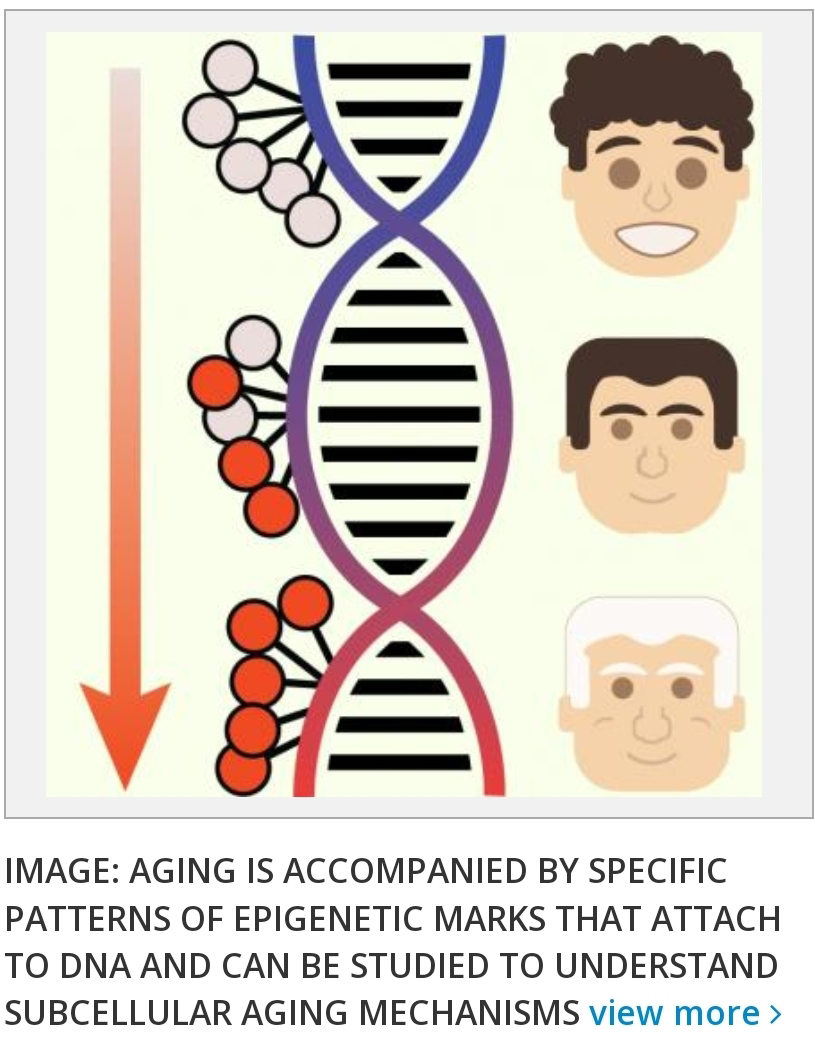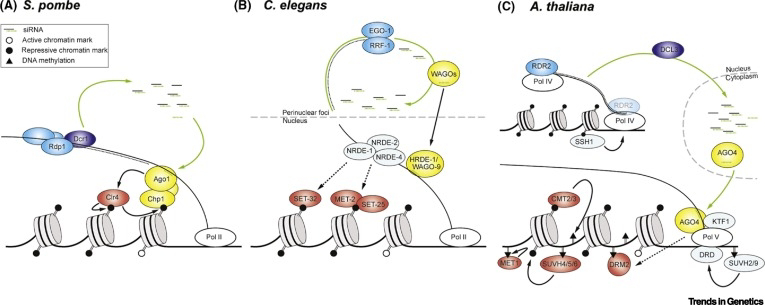Epigenetics explains Aging without Darwin

Article : ”The Rate of Epigenetic Drift Scales with Maximum Lifespan Across Mammals,” by Emily M. Bertucci-Richter et al., Nature communications (11/23) Introduction Epigenetic drift , or the stochastic accumulation of DNA methylation changes over time, is a hallmark of aging. While the role of epigenetic drift in determining maximum lifespan across species has been debated, robust tests of this hypothesis are lacking. In this study Bertucci-Richter et al. investigated the relationship between epigenetic drift and maximum lifespan across four mammal species: humans, mice, rats, and elephants. Methods The researchers used whole-genome bisulfite sequencing to measure DNA methylation levels at various CpG sites (cytosine-guanine dinucleotide sequences) in blood samples from individuals of each species spanning a wide range of ages. They then calculated the epigenetic disorder, a measure of the deviation from the expected DNA methylation pattern, at different genomic resoluti...


